Use sound energy worksheet to help students differentiate between natural and man-made sounds by sorting their sources.
Natural and Man-Made Sound Sorting Worksheet
Teach your students the difference between natural sources and man-made sources of sound energy with this cut-and-paste worksheet.
As we know, natural sounds originate from environmental elements and biological sources, such as wind rustling through leaves, waves crashing or animal calls. These sounds are inherent to the natural world. In contrast, man-made sounds are produced by human activities and technology, like car engines, machinery or music.
In the study of sound energy, we teach students that the key distinction between man-made sound and natural sound lies in the origin (or source): natural sounds are inherent to the environment, while man-made sounds result from human interventions and inventions, reflecting the impact of human civilization on the acoustic landscape.
Using this Sound Energy Worksheet in Your Classroom
This activity requires students to cut out and sort examples (written and illustrated) of sound energy by their sources. They will paste the pieces into their respective columns (natural sound and man-made sound).
An answer key is provided for easy marking, or for students to use to self-assess (and correct) their own work.
This worksheet would be an excellent formative assessment piece used as an individual class activity or could be used as a center activity for small groups.
Download in your preferred format (Google Slides or printable PDF) and enjoy!
Lindsey Phillips, a teacher in Michigan and Teach Starter Collaborator, created this teaching resource.
More Great Sound Energy Teaching Resources:
Reinforce your students' understanding of sound energy concepts with this set of 10 interactive activities. Enhance students' ability to identify and describe sound energy concepts in a hands-on and immersive manner with this interactive slide deck.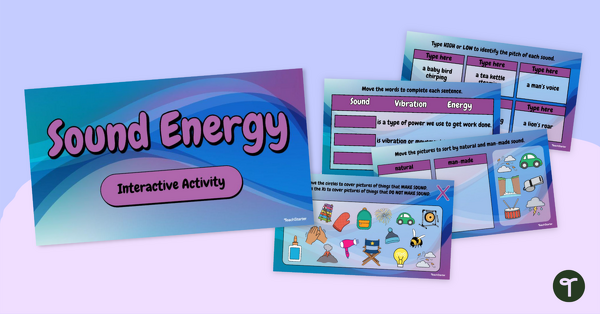
teaching resource
Sound Energy Interactive Activity
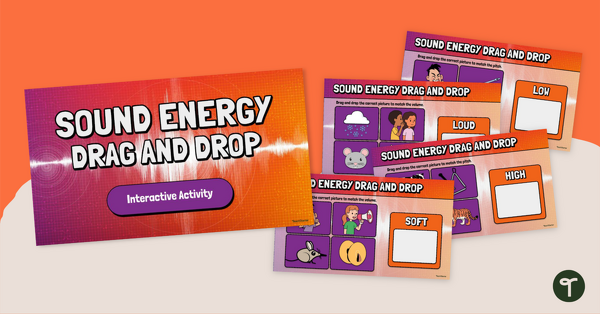
teaching resource
Sound Energy Drag and Drop Interactive Activity

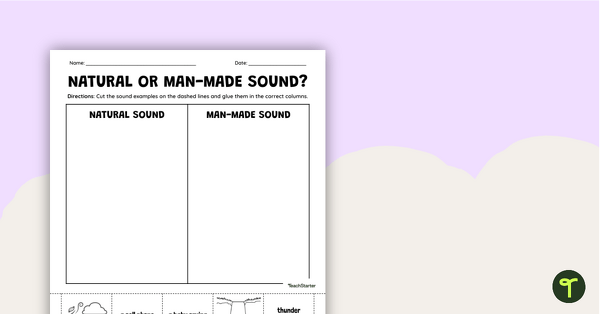

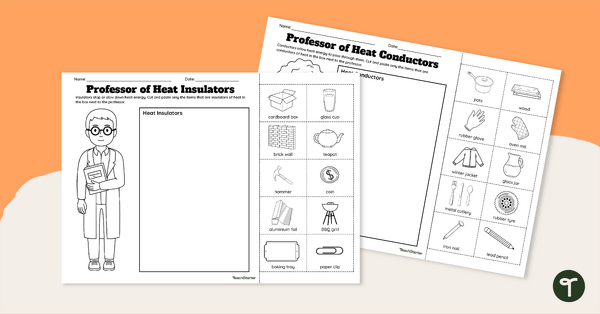
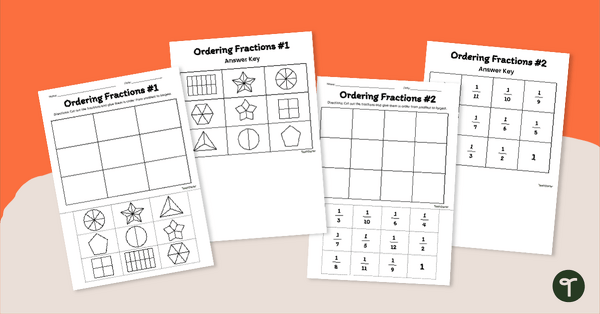
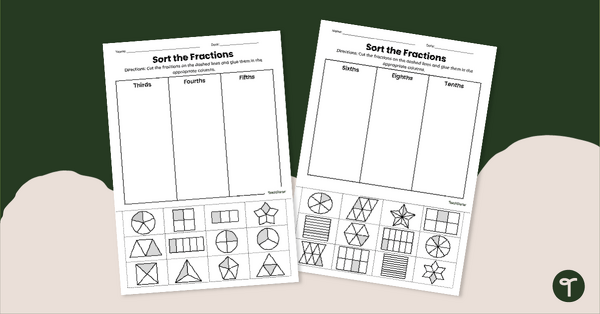

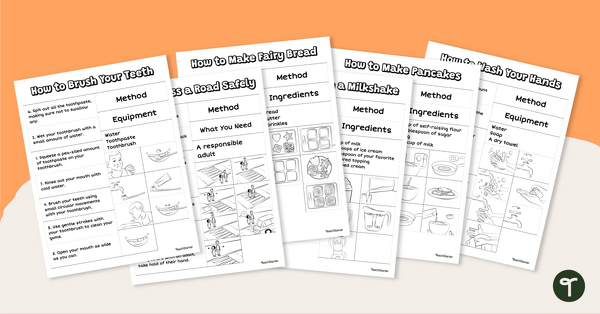
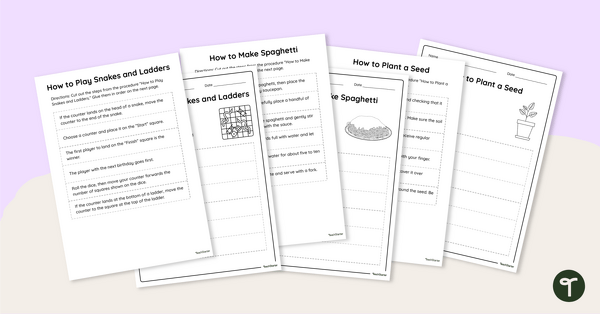
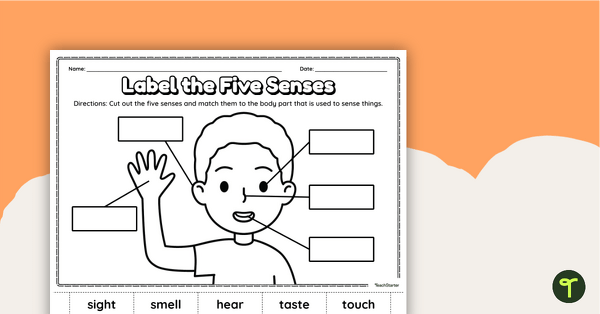
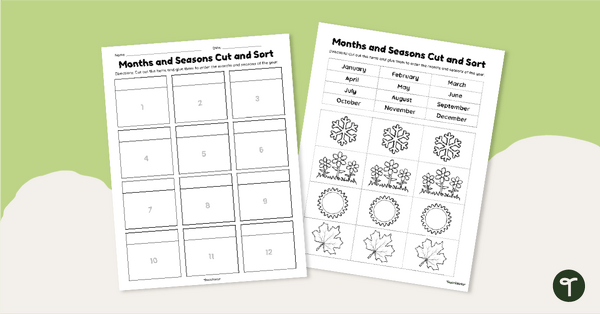
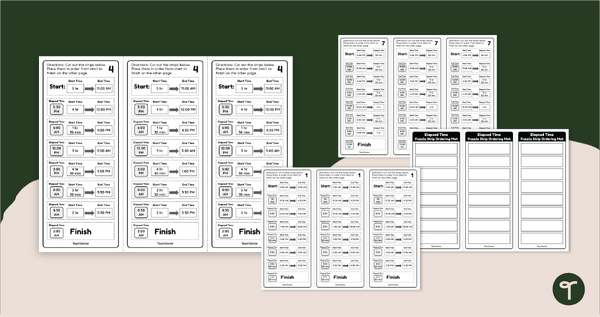

0 Comments
Write a review to help other teachers and parents like yourself. If you'd like to request a change to this resource, or report an error, select the corresponding tab above.